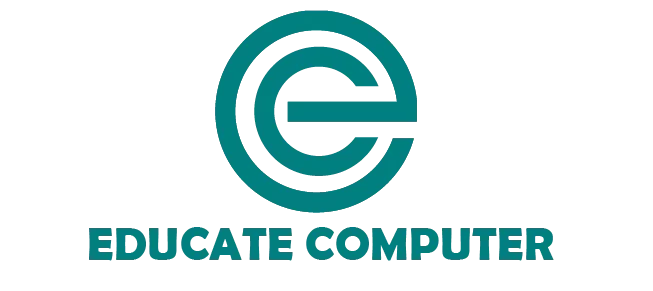Programming languages act as a bridge between humans and computers. Like human languages, it has rules and structure. But programming languages require more precision. A small mistake can make the program fail. We use them to write instructions that machines can understand and execute.
Programming languages allow us to create software, websites, mobile apps, and even control robots. They make it possible to automate tasks, analyze data, and build artificial intelligence. Learning a programming language is like learning a new way to solve problems using technology.
Why Do We Need Programming Languages?
Programming languages are essential because they help us build the digital world we use daily. When you use a smartphone app, browse a website, or play a video game, all these run on code written in programming languages.
They also help in scientific research, banking systems, healthcare, and space exploration. For example, Python is used in data analysis, JavaScript powers interactive websites, and C++ is used in game development. Without programming languages, modern technology would not exist.
How Do Programming Languages Work?
When a programmer writes code, the computer does not understand it directly. The code must be converted into machine language, which consists of binary instructions. This conversion happens in two main ways.
1. Compiled Languages (e.g., C++, Java)
Compiled languages like C and C++ use a compiler to convert the entire program into machine code before execution. This makes programs run faster but requires recompilation after any changes.
2. Interpreted Languages (e.g., Python, JavaScript)
Interpreted languages like Python and JavaScript translate code line by line during runtime. This allows for easier debugging and faster testing, but may run slower than compiled programs. Some languages, like Java, use a mix of both approaches by compiling code into an intermediate bytecode.
Types of Programming Languages
Programming languages can be grouped based on their structure and purpose. Here are the types of programming languages.
1. By Programming Style (Paradigm)
Procedural languages like C and Pascal follow a step-by-step approach. They break down a problem into a sequence of instructions.
Object-oriented languages organize code into reusable objects that contain both data and functions. Java, Python, and C# follow this model. They help manage large codebases and promote code reusability.
Functional programming treats computation as mathematical functions. Languages like Haskell and Lisp focus on immutability and pure functions. They excel in parallel processing and mathematical computations.
2. By Application Area
Web development relies heavily on JavaScript for front-end interactivity. PHP and Ruby power server-side operations. HTML and CSS structure and style web pages, but are not full programming languages.
Mobile app development uses platform-specific languages. Swift works for ios apps while Kotlin is preferred for Android. Cross-platform tools like Flutter allow writing once for both platforms.
3. By Level of Abstraction
High-level languages like Python and Java are closer to human language. They automate memory management and provide built-in functions. Beginners find them easier to learn and use for rapid development.
Low-level languages like Assembly provide direct hardware control. They offer maximum performance but require manual memory management. System programmers use them for operating systems and embedded devices.
Programming Concepts
All programming languages share fundamental concepts that form the building blocks of software development. Understanding these principles helps in learning any new language quickly.
1. Variables and Data Types
Variables act as containers that store information in memory. Variables store data that can change while a program runs. For example, a variable called score might hold a number that increases when a player earns points.
Different kinds of data are stored in different formats. Common data types include integers for whole numbers, floats for decimals, strings for text, and booleans for true/false values.
2. Operators and Expressions
Operators perform actions on data. Arithmetic operators (+, -, *, /) handle calculations like addition and multiplication. Comparison operators (>, <, ==) check conditions like equality or greater-than. Logical operators combine multiple conditions using AND, OR, and NOT.
3. Control Flow
Conditional statements like if-else make decisions in code. They execute different blocks based on whether conditions are met. Loops including for and while Repeat actions until certain criteria are satisfied. These structures control program flow and behaviour.
4. Functions and Modules
Functions are reusable blocks of code that perform a specific task. Instead of writing the same code multiple times, a function can be called whenever needed. They accept inputs, process them, and return outputs.
Modules organize functions into separate files for better code management. This modular approach promotes maintainability and collaboration.
Which Programming Language Should You Learn First?
For beginners, the best languages are:
- Python – Simple, readable, great for AI, web, and data science.
- JavaScript – Essential for web development.
- Scratch – Visual coding for kids and absolute beginners.
Choose based on your goals:
- Web Development– Learn HTML, CSS, JavaScript.
- Mobile Apps – Try Swift (iOS) or Kotlin (Android).
- AI & Data Science – Start with Python.
The Future of Programming Languages
Technology keeps evolving, and programming languages change with it. Low-code and no-code platforms allow people to create software without deep coding knowledge. AI tools like GitHub Copilot help programmers write code faster by suggesting solutions.
New languages are being developed for specialized fields like quantum computing and biotechnology. Learning programming today prepares you for the jobs of tomorrow.


